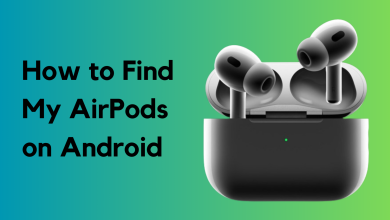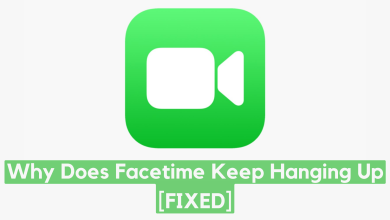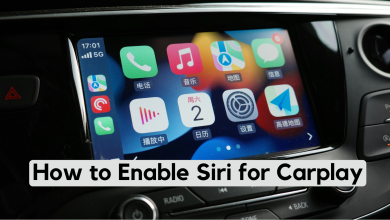How to Allow Pop-Ups on Safari on Mac, iPhone & iPad
You might encounter pop-up windows while using Safari on your iPhone, iPad, or Mac. Some of these pop-ups can be useful, while others may be distracting or unnecessary.

This guide will walk you through how to allow pop-ups in Safari on your iPhone, iPad, and Mac. Whether you want to enable pop-ups for a specific site or all websites, we’ll show you exactly what to do.
There are a few different ways to enable pop-ups in Safari. We’ve listed all the available options below. Here’s how you can do it:
1. Allow Pop-Ups in Safari on iPhone and iPad
Enabling pop-ups in Safari for your iPhone (iOS) or iPad (iPadOS) is simple, but keep in mind it’s a global setting—either it’s on or off for all websites.
- Open Settings on your iPhone or iPad.
- Scroll down and tap Safari.
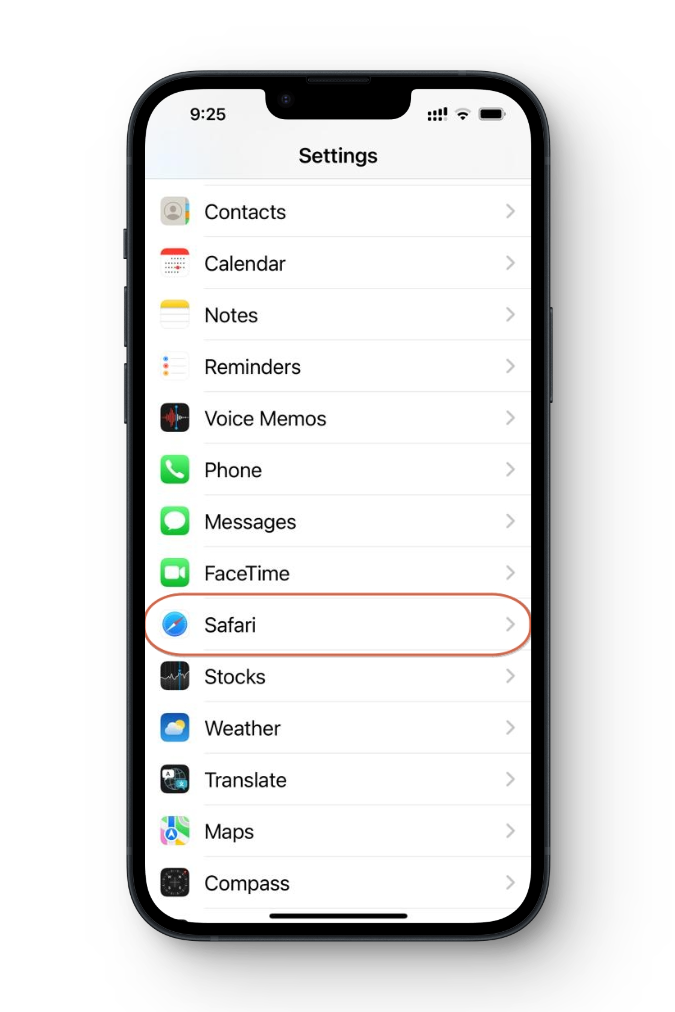
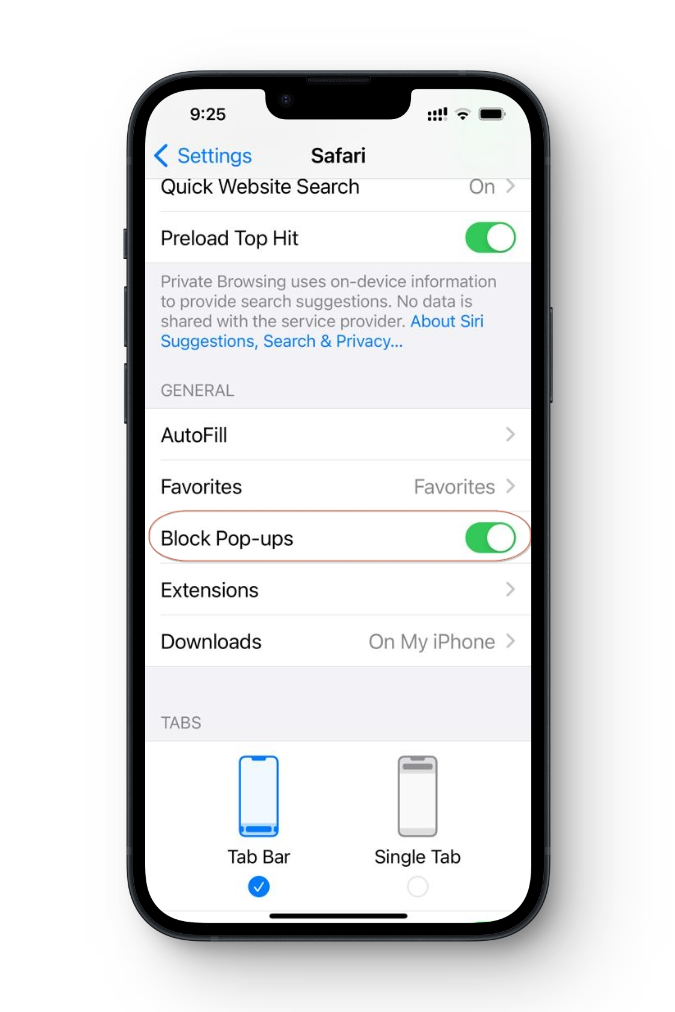
We recommend turning the Block Pop-ups setting back on after you’re done, to keep your device safe from unwanted ads and potential threats.
2. Show Blocked Pop-Up Windows in Safari on Mac
This method lets Safari block pop-ups by default but lets you view the pop-ups you want, as needed.

When you’re browsing a page and a pop-up gets blocked, look for a small pop-up icon next to the refresh button in Safari’s address bar at the top. Just click this icon to open the blocked pop-up.
3. Enabling Pop-Ups in Safari on Mac through Page Settings
You can enable pop-ups just for certain websites by changing their settings directly in Safari.
- Right-click the address bar of the site you want to allow pop-ups for.
- Choose Settings for This Website from the drop-down.
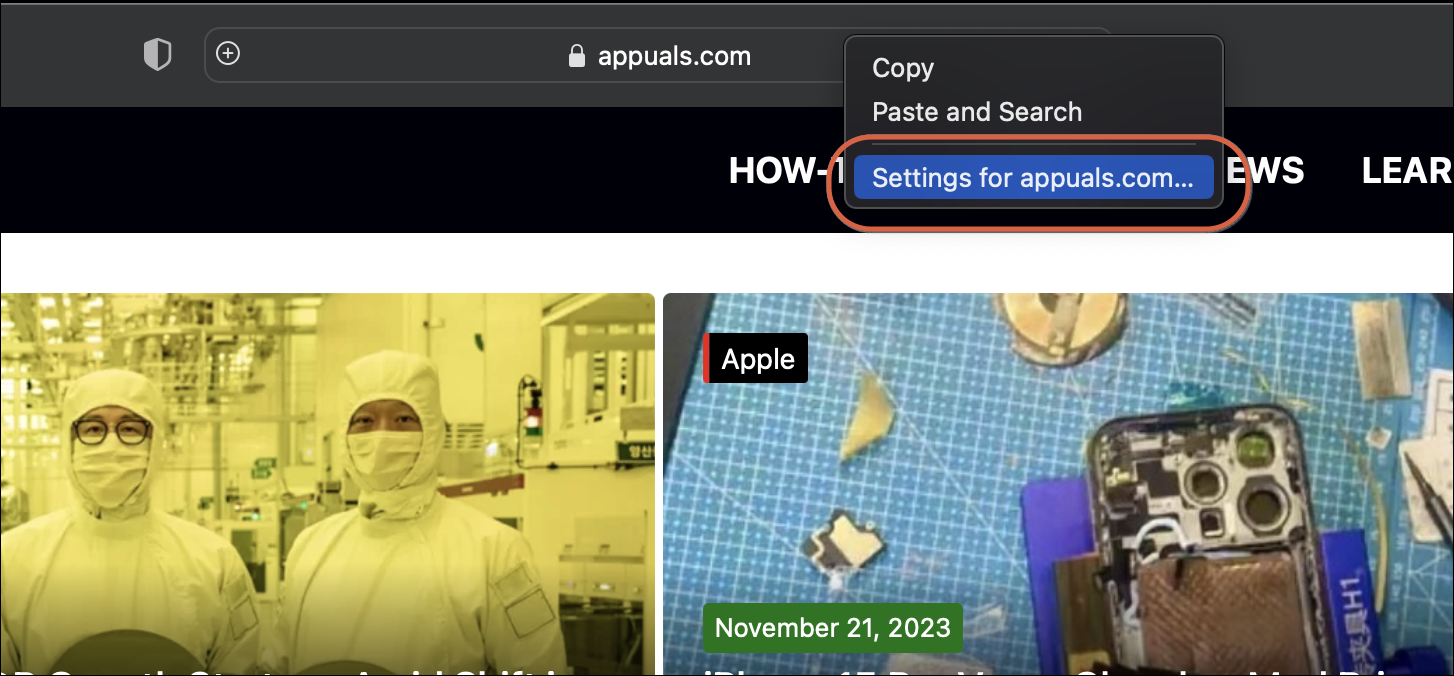
Right Click on Address Bar Safari - In the menu that appears, find the Pop-up Windows setting.
- Use the options to pick Allow, Block, or Block and Notify, depending on what you want.
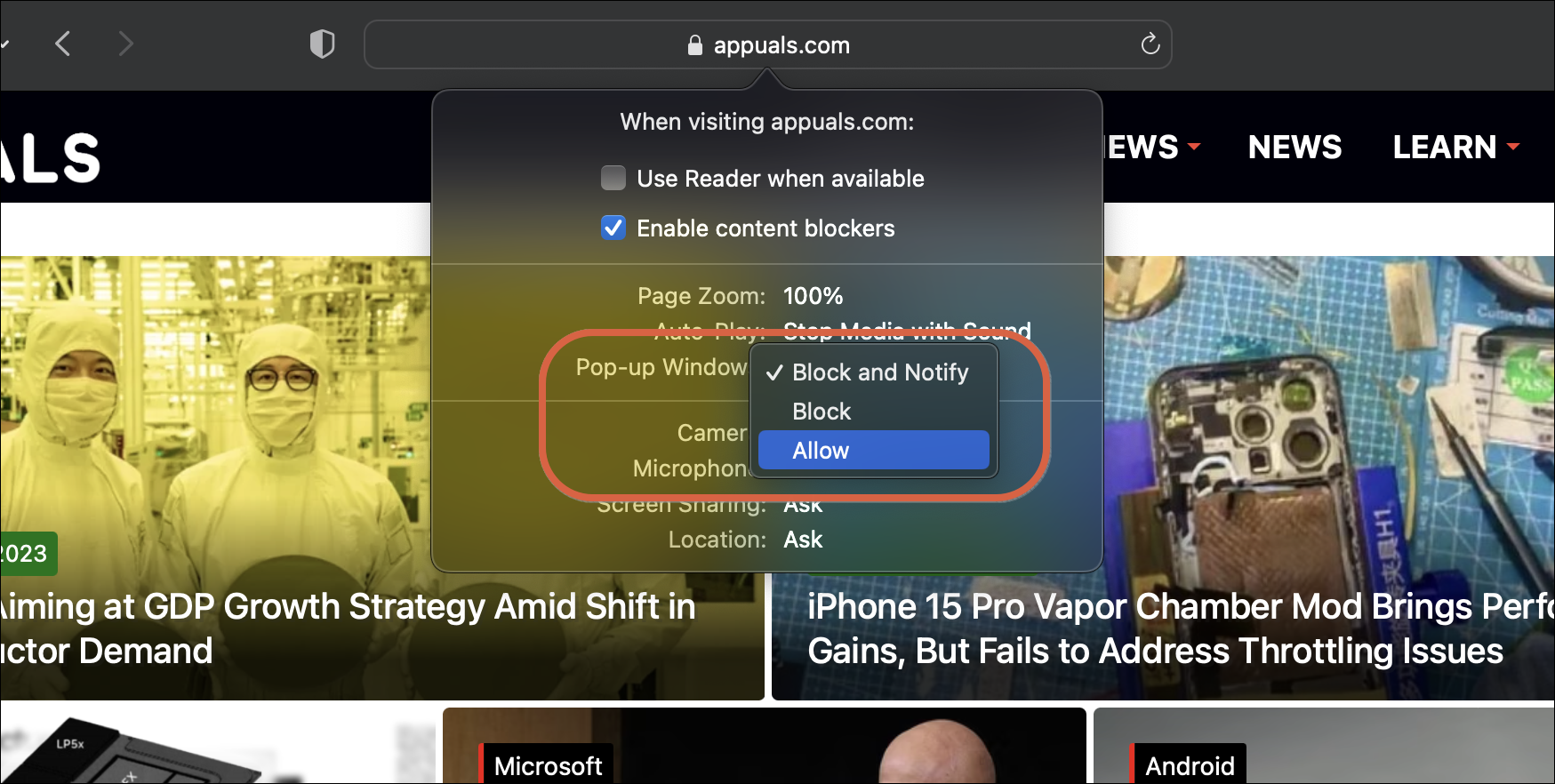
Allow Pop Ups in Safari Mac
4. Enabling Pop-Ups in Safari on Mac through Preferences
Another way is to use Safari’s Preferences to manage pop-ups for multiple websites.
- Click on Safari in the menu bar and select Preferences or Settings depending on your macOS version.
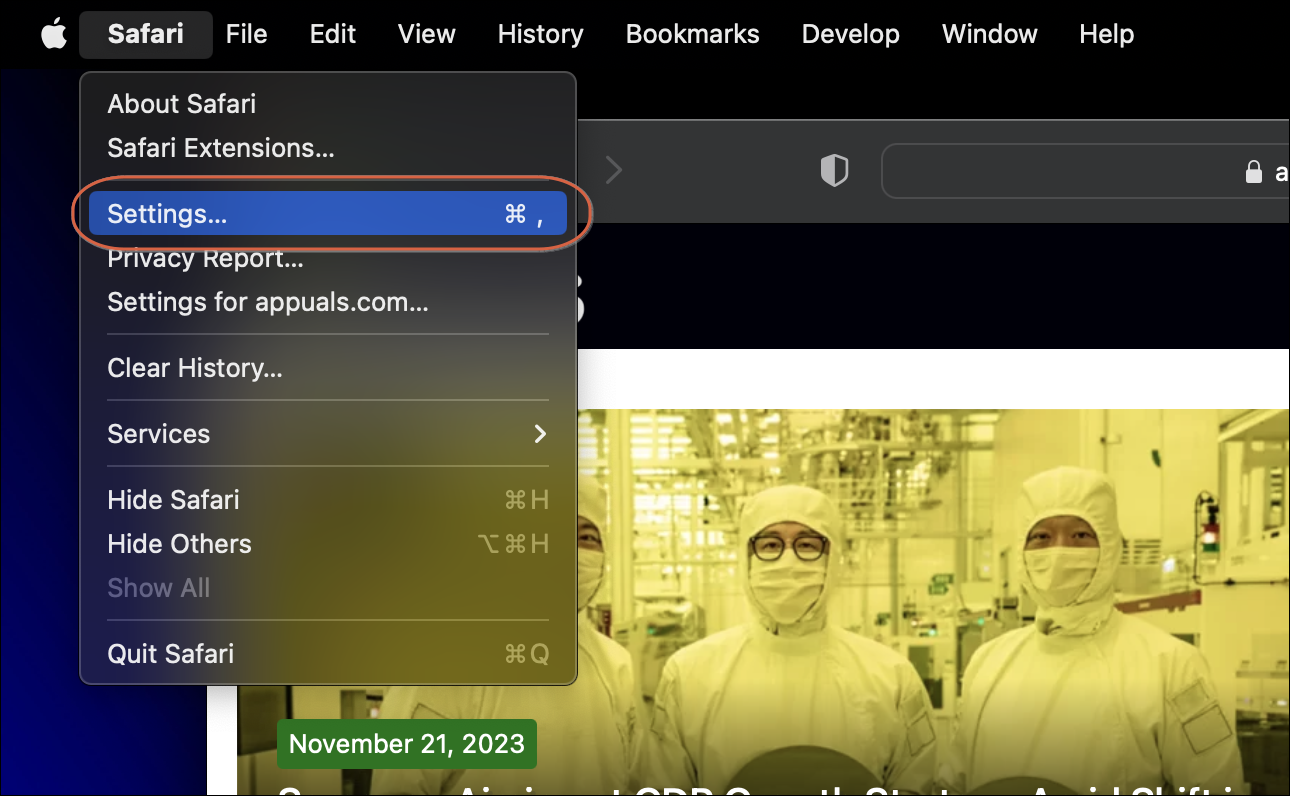
Safari > Settings - Go to the Websites tab. Scroll to Pop-up Windows.

- Under Currently Open Websites and Configured Websites, choose Allow, Block, or Block and Notify for each site.
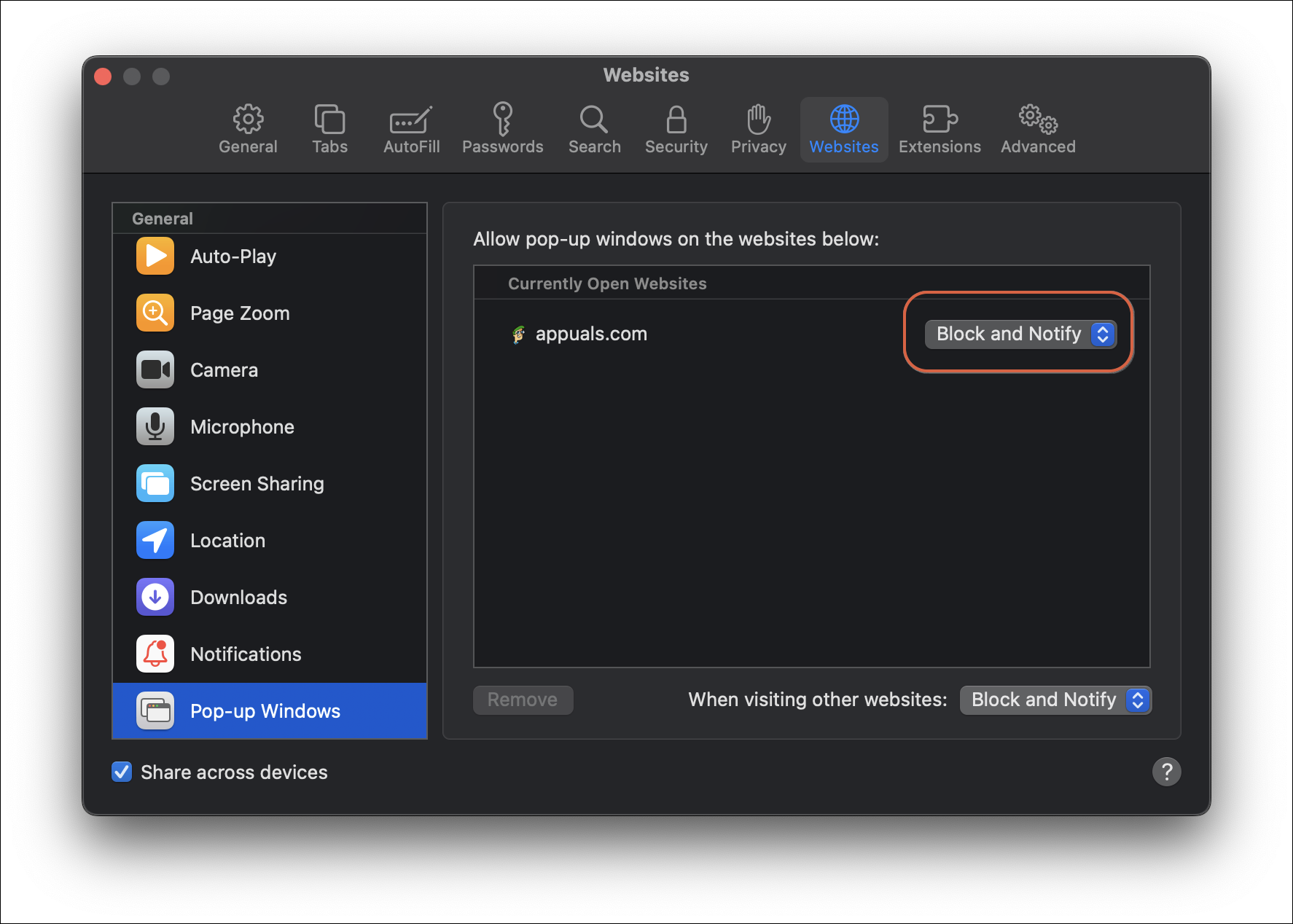
Allow Pop Ups in Safari
5. Disable Pop-Up Blockers
Pop-up blockers, including ad blocker extensions, can sometimes prevent necessary pop-ups from working. These tools can help reduce unwanted ads, but may also get in the way of pop-ups you actually need.
If you use ad blocker or pop-up blocker extensions and want to allow pop-ups, simply disable these extensions in Safari.
Open Safari on your Mac.
Click Safari in the menu bar at the top left corner.
Select Settings (or Preferences).
Go to the Extensions tab.
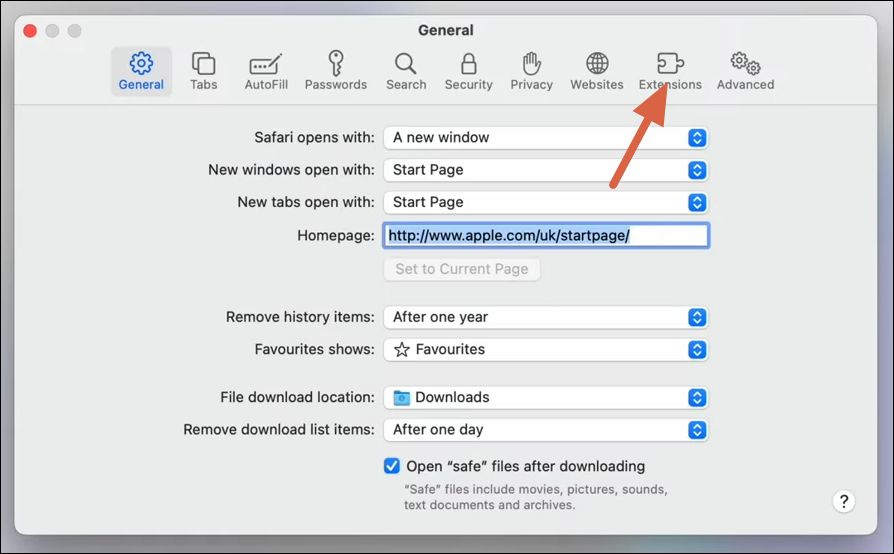
Find your ad blocker extension in the list on the left.
To turn it off, just uncheck the box beside the extension’s name.
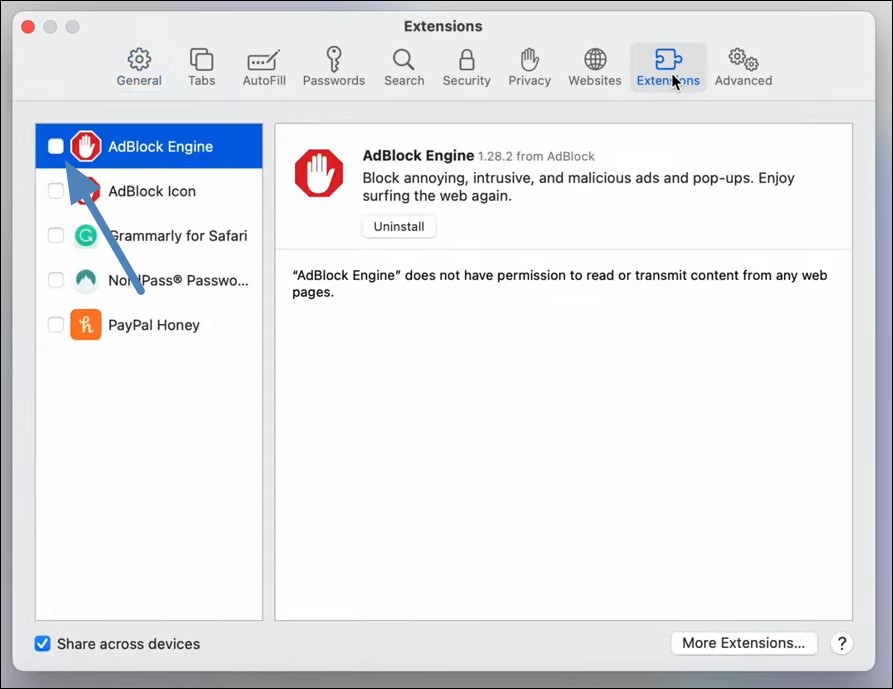
You may need to close and reopen Safari for these changes to take effect.

